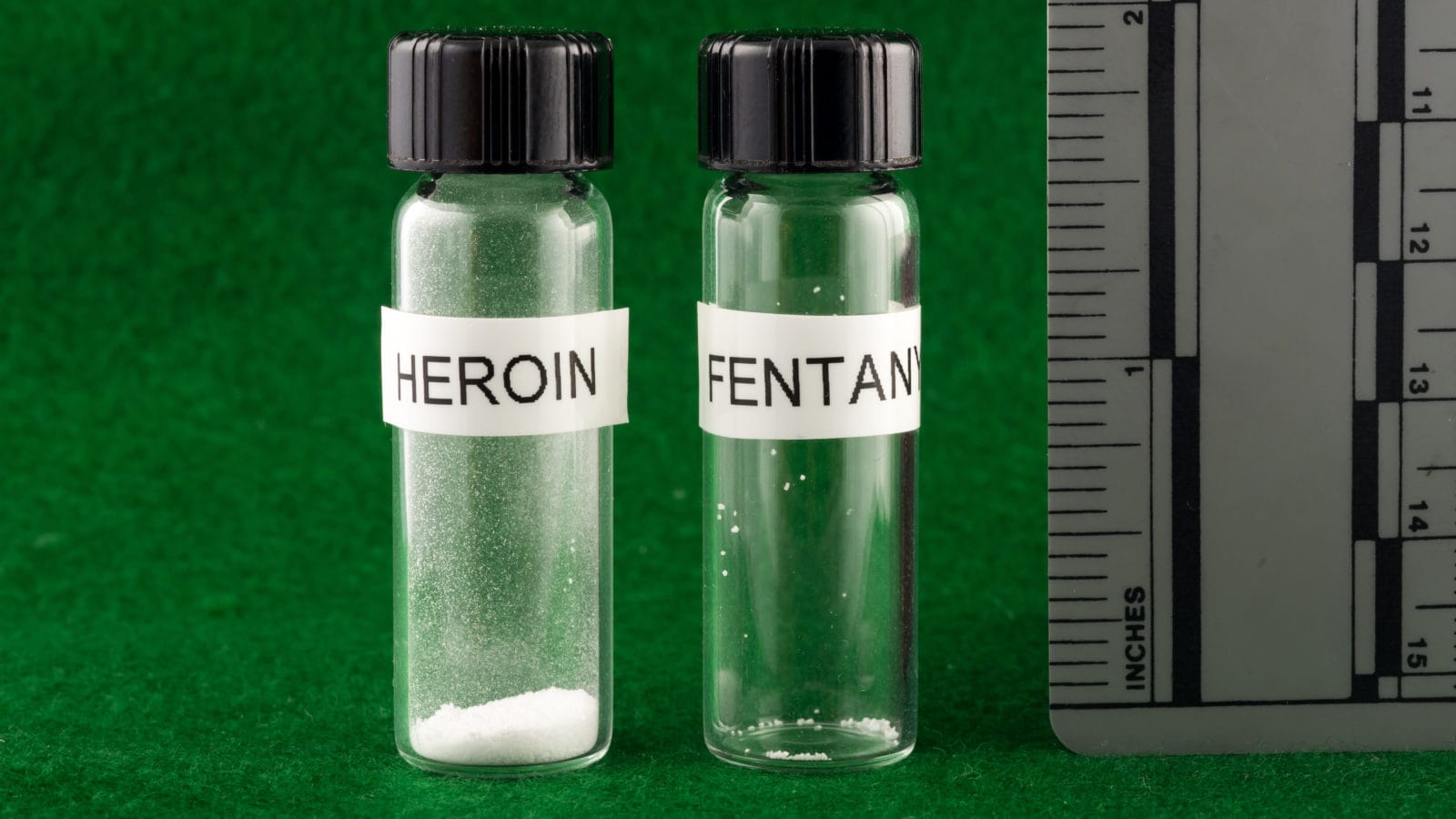
The early 2000’s crime and politics drama “The Wire” arguably was the first to expose the public to the concept of what “legalizing” drugs would look like when put into practice.
Desperate to contain a growing heroin problem and the gang violence that came with it, an enterprising police major in Baltimore created “Hamsterdam.” In a few square blocks of the city, people could buy and sell heroin and shoot up without fear of arrest. Stray from Hamsterdam, though, and you’d face the full force of the law. The experiment did not end well.
New York Effectively Legalizes Supervised Drug Use
Now, real-life New York City is the first city in the U.S. to open a supervised drug-use site. Announced by outgoing-Mayor Bill de Blasio, the program is part of the city’s “harm reduction” strategy that is attempting to reverse the alarming upward trend in overdose deaths.
Two Syringe Service Providers, organizations that allow people to get clean needles and dispose of used ones, will run the sites. At these sites, people can inject drugs like heroin and fentanyl using clean needles, and staff can administer drugs to reverse overdoses. Users will have to bring their own drugs to the sites.
“Overdose Prevention Centers are a safe and effective way to address the opioid crisis,” de Blasio said. “I’m proud to show cities in this country that after decades of failure, a smarter approach is possible.”
A 2018 study from the New York City Department of Health and Mental Hygiene argued that four sites would prevent at least 130 deaths, save millions in public spending, and reduce used syringe litter.
According to the Drug Policy Alliance, there are approximately 120 so-called supervised consumption services open worldwide, most of them across Europe. Previous to New York City’s sites opening, the closest sites were across the border in Canada.
In the U.S., lawmakers in Rhode Island passed a law earlier this year authorizing a pilot program for “harm-reduction centers.” No centers are open yet.
Is This Actually Legal?
While state after state is decriminalizing and legalizing marijuana, only Oregon, via voter referendum, decriminalized the possession of small amounts of all controlled substances.
That means — even in New York City — that drugs like fentanyl, heroin, and other narcotics remain illegal to possess and sell and the state and federal levels. So, does that mean that NYPD officers can just walk into one of these sites and start arresting people? They possibly could; however, de Blasio sent letters to the sites guaranteeing “not to take enforcement action” against them. This policy, however, could be reversed at any time.
What Will the Feds Say?
The big question about whether these centers will survive remains how the federal government will respond. Earlier this year, de Blasio and several other mayors from cities across the country wrote to U.S. Attorney General Merrick Garland seeking clarity on where the feds stand on supervised drug-use sites.
A federal law often referred to as the “crack house statute” prohibits owning, operating, or renting a facility for the purpose of consuming illegal substances. In fact, the Trump administration successfully sued to stop a supervised drug-use facility from opening in Philadelphia.
So, even if local police decided to lay off a site, that does not mean Drug Enforcement Administration (DEA) agents would have to do the same. And that could mean serious criminal charges for the people operating these sites and those who utilize their services. Right now, other jurisdictions are likely holding off until they know whether Garland would choose to make enforcement a priority.
